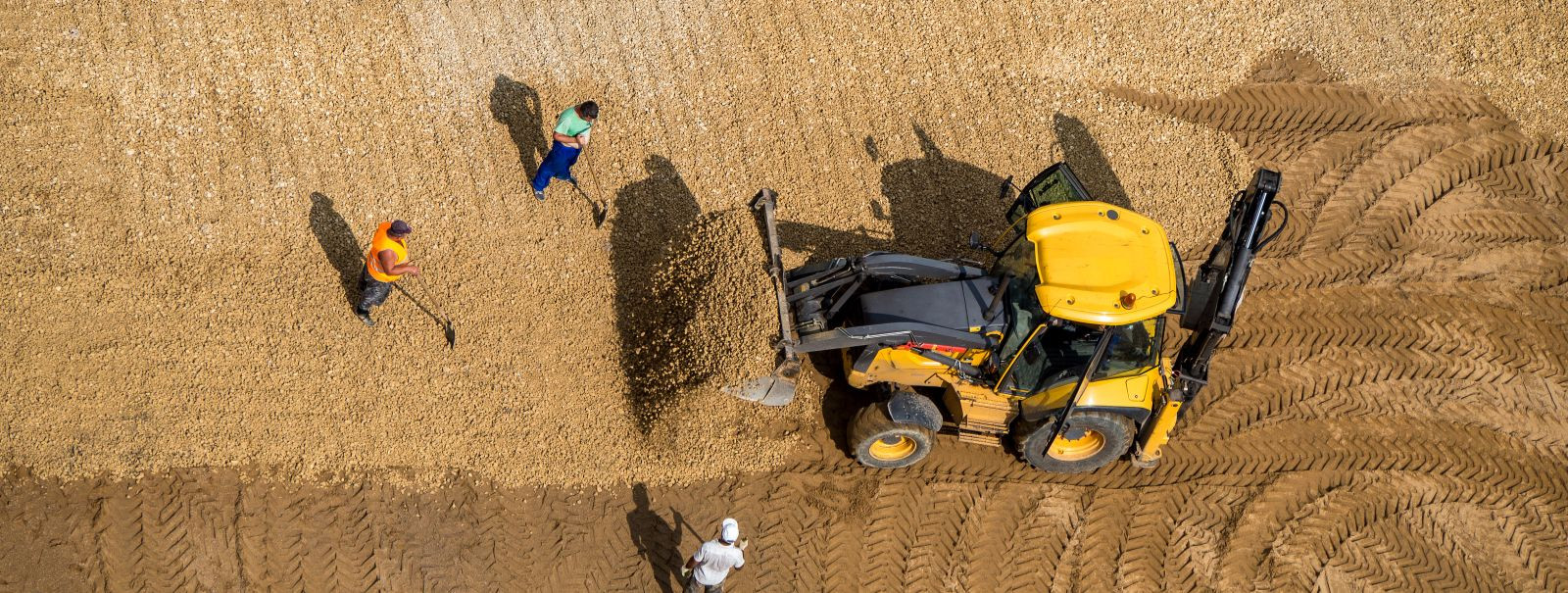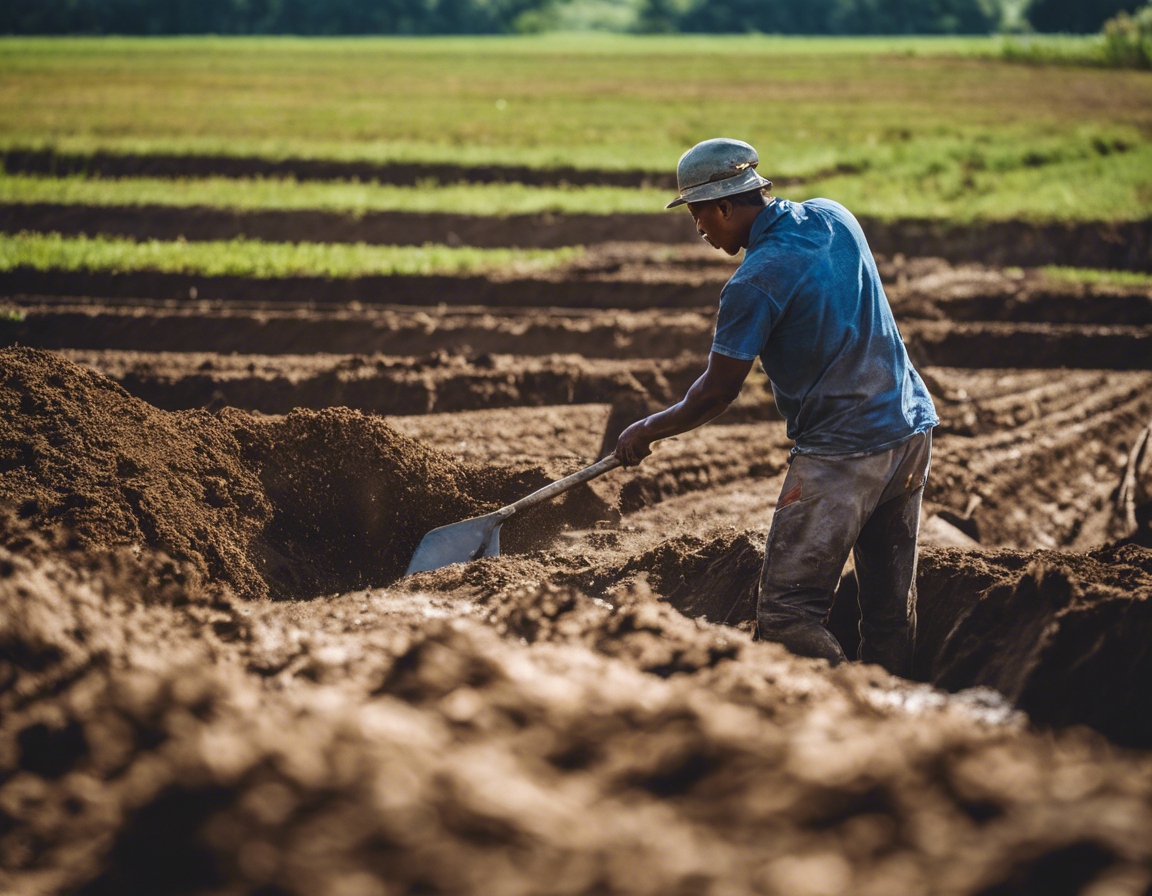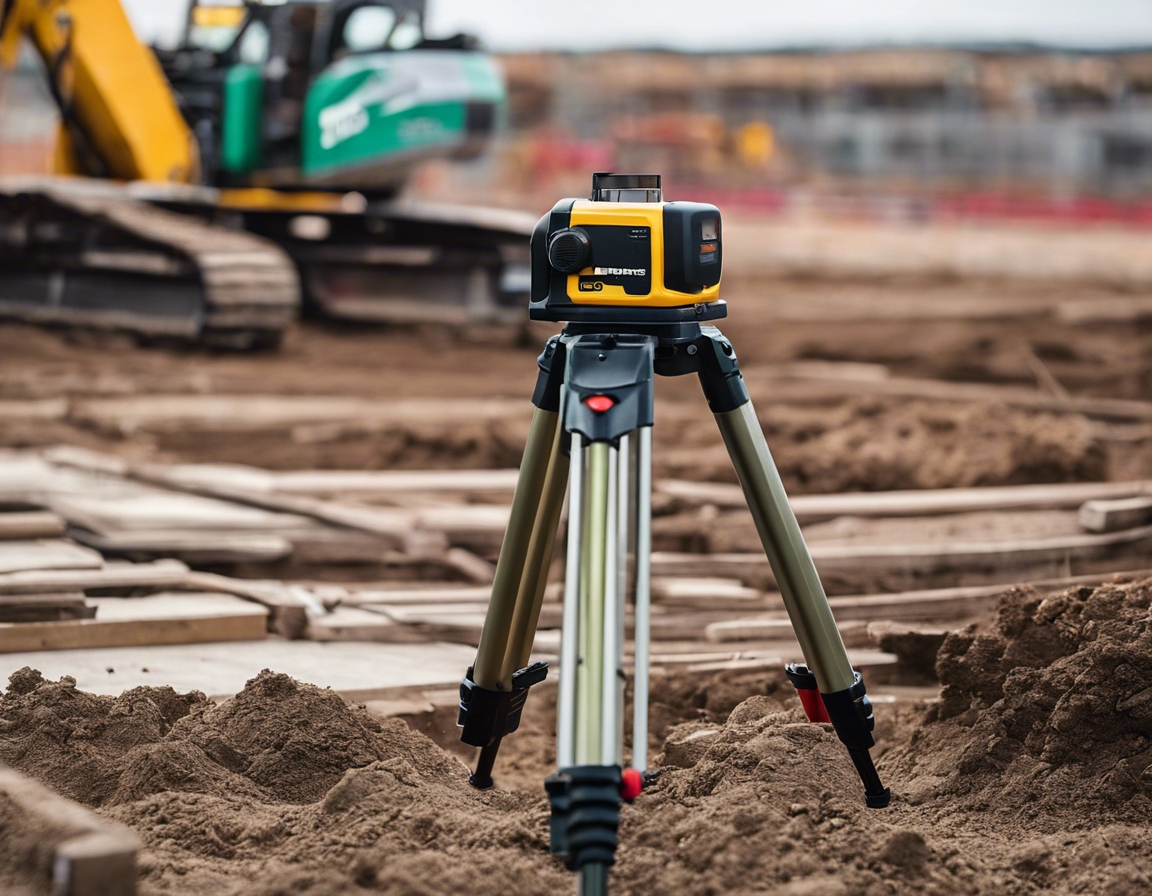The art of soil levelling: a guide for property owners
Soil levelling, also known as land grading or yard levelling, is the process of adjusting the slope and elevation of soil to create a smooth, flat surface. This foundational step in landscaping and construction ensures proper drainage, structural stability, and aesthetic appeal. It involves the removal or addition of soil, as well as compaction to achieve the desired grade.
Proper soil levelling is crucial for preventing water accumulation and potential damage to structures. It also plays a significant role in preventing soil erosion and creating a safe, usable space for various activities. For property owners, a levelled ground can significantly enhance the value and functionality of their property.
The Process of Soil Levelling
The first step in soil levelling is a thorough assessment of the area. This includes understanding the topography, identifying any slopes or dips, and determining the final grade required. A detailed plan is then developed, outlining the steps needed to achieve the desired level.
Depending on the size and complexity of the project, various equipment such as graders, bulldozers, or compactors may be used. For smaller projects, hand tools like rakes and shovels might suffice. Selecting the appropriate equipment is essential for efficient and effective soil levelling.
Techniques for soil levelling range from manual spreading and raking to the use of heavy machinery for cutting and filling. The method chosen will depend on the project's scale, the soil type, and the desired outcome.
Challenges in Soil Levelling
Uneven terrain can pose significant challenges, requiring careful planning and execution to ensure a level outcome. This may involve terracing or building retaining walls in more extreme cases.
Soil composition, such as clay, sand, or loam, affects the levelling process. Some soils may require stabilization with additional materials to prevent shifting or sinking.
Soil levelling projects must consider environmental impact, including preserving natural drainage patterns and minimizing disruption to local ecosystems.
Best Practices for Soil Levelling
Proper preparation, including marking utility lines and securing necessary permits, is essential for a safe soil levelling project. Safety measures should be in place to protect workers and the property.
After levelling, maintenance practices such as proper irrigation, fertilization, and periodic checks are important to keep the soil level and healthy.
While some property owners may tackle small levelling projects, larger or more complex tasks often require the expertise of professionals. Seeking help from experienced ground engineering companies like PALERT PARTNERS OÜ ensures that soil levelling is done correctly and efficiently.






Comments (0)